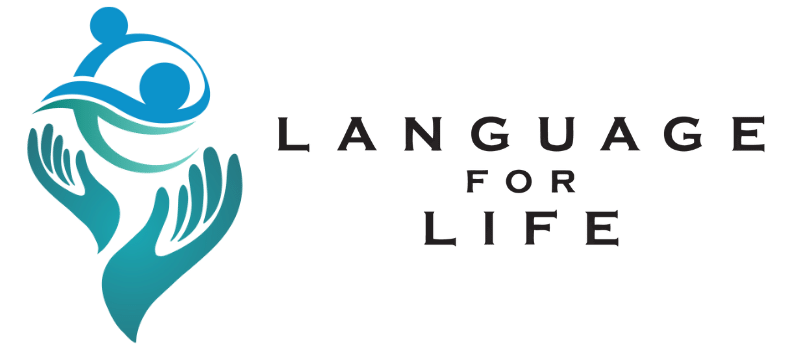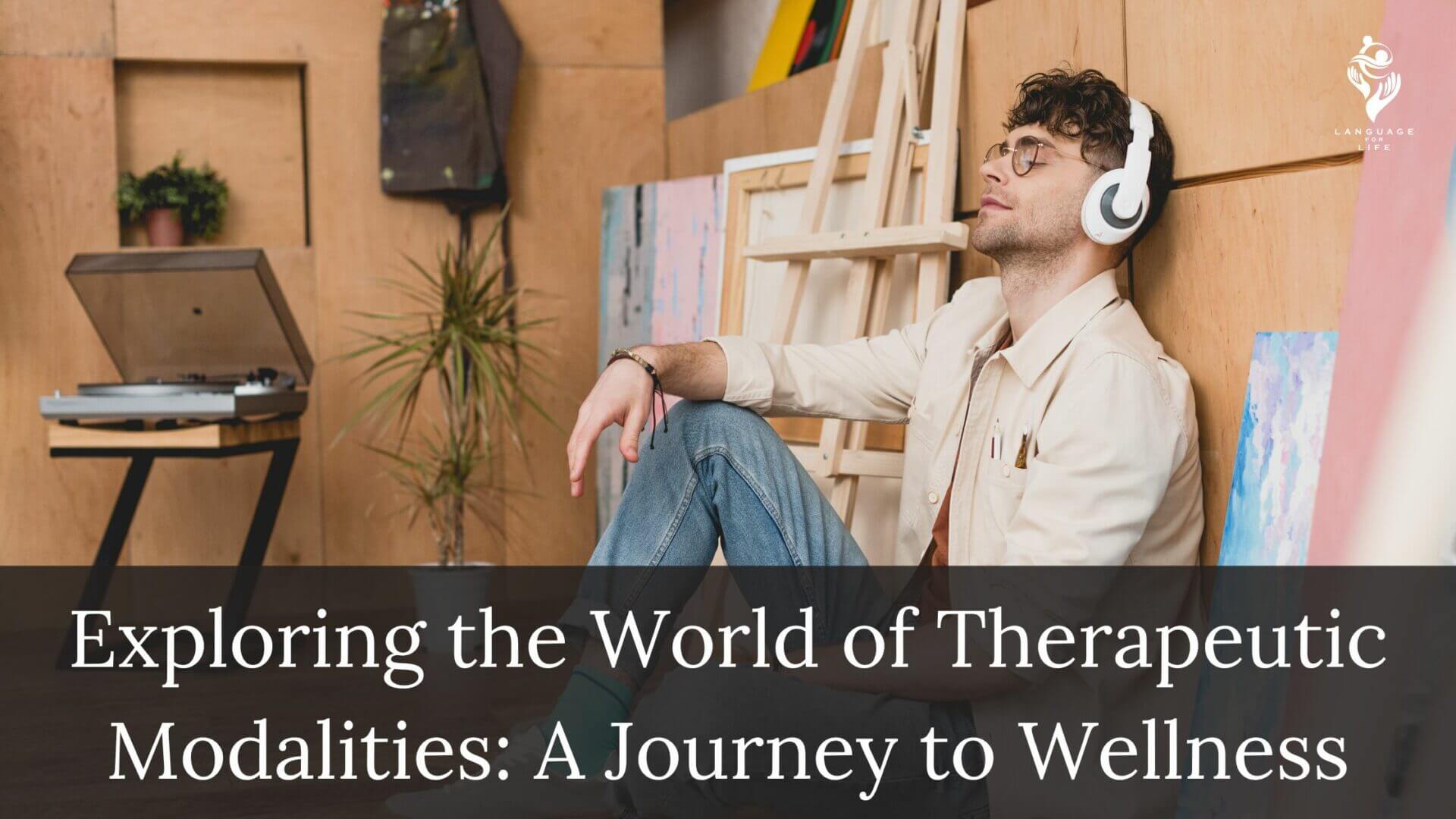Introduction
Conventional talk-based therapies frequently take center stage in the field of treatment. Nonetheless, a diverse range of alternative therapies are available that utilize the potency of artistic expression and psychological understanding to promote recovery and development. A harmonic fusion of psychology, art, and music provides people with a variety of paths for self-discovery and inquiry. Let’s explore the realm of therapy, where psychology and creativity combine to provide distinctive therapeutic outcomes for people with a range of needs.
The Healing Harmony of Music Therapy
Music is a natural medium that can communicate ideas, arouse feelings, and cut over linguistic boundaries. Trained professionals use music therapy to address physical, emotional, cognitive, and social problems by utilizing the healing power of music. People participate in musical experiences that are suited to their own objectives and tastes, whether they do so by listening, singing, playing instruments, or creating.
The adaptability of music therapy is one of its most amazing features. It may be modified to fit the requirements of many groups, including elderly people suffering from dementia and youngsters with autism spectrum disorders. Calm music may soothe and relax those suffering from anxiety or depression, while rhythmic activities can encourage emotional expression and reduce tension.
Additionally, music therapy improves interpersonal relationships and communication abilities, which makes it very useful in group situations. via mutual support and a sense of belonging, people overcome social boundaries and cultivate a sense of community via shared musical experiences.
Art Therapy: Painting the Path to Self-Discovery
People who get art therapy are encouraged to express themselves artistically using a variety of media, including collage, painting, sketching, and sculpture. Art therapy, in contrast to conventional talk therapy, avoids verbal exchange and enables patients to reach subconscious levels and deeper facets of their psyche.
People explore their ideas, feelings, and experiences in a safe and accepting environment through the creative process. Through the use of art, people are able to process their trauma, externalize internal tensions, and gain insight into their inner selves.
Those who find standard therapy daunting or who find it difficult to express their thoughts orally could benefit most from art therapy. An individual’s inner landscape may be seen in concrete form via artwork, which offers a wealth of material for investigation and analysis.
Furthermore, art therapy inspires people to embrace their creativity and reclaim a feeling of spontaneity and fun. People who participate in the creative process develop resilience, self-worth, and a fresh understanding of their own talents and qualities.
Psychology: Unraveling the Mind’s Mysteries
Psychological concepts are the cornerstone of both music and art therapy. In order to comprehend the complex processes of the mind, recognize underlying patterns, and customize therapeutic strategies to each patient’s requirements, psychologists are essential.
Using a variety of theoretical frameworks, including humanistic, psychodynamic, and cognitive-behavioral therapy, psychologists offer a thorough knowledge of human behavior and assist in significant transformation.
Additionally, in order to provide clients with a comprehensive approach to healing and development, psychologists work in conjunction with music and art therapists to include these creative modalities into conventional therapy settings. Through the integration of auditory, visual, and literary elements, people are enabled to delve into their deepest feelings and ideas, leading to significant metamorphosis and introspection.
Conclusion
The integration of psychology, art, and music provides a multimodal therapeutic approach that meets the many needs of people looking for help and healing. Each modality adds to a deeper knowledge of the human experience, whether via the transforming force of art therapy, the healing melodies of music therapy, or the insights gained from psychological research.
Let’s embrace the therapeutic trinity of psychology, art, and music as we set out on this path of self-discovery and healing, appreciating their distinct contributions and significant influence on our wellbeing. One note, one brushstroke, one insight at a time, we open the doors to healing, resilience, and personal growth through creativity, compassion, and understanding.
For further more visit – Music Therapy and Therapy for Musicians

